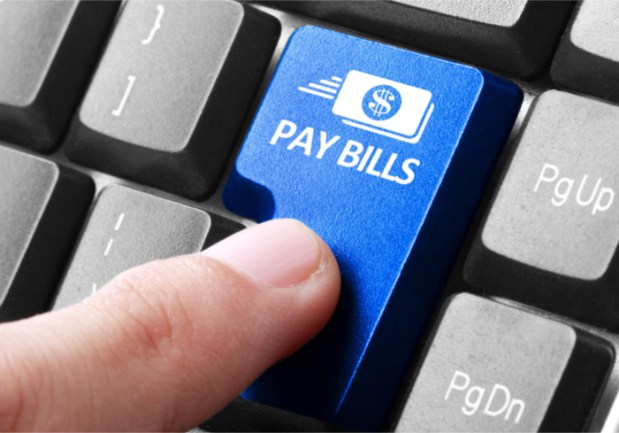Consumers Shift From Banks To Direct Billing Services

Are consumers shifting the way they make direct payments to billers? A new report suggests so, but there remain questions about the effectiveness of direct billing plans.
The news peg? According to a new report from Aite, 73 percent of U.S. online bill payments made by consumers in 2016 were conducted via biller-direct sites — up from 62 percent in 2010. That growth came, in part, at the expense of bill-paying sites and services operated by banks. They accounted for 27 percent of online bill payments in 2016, down from 38 percent in 2010.
Why have those biller-direct sites experienced such growth? Much of the credit goes to all the data they provide consumers, including details about specific transactions, according to the report, which is entitled, “U.S. Bill Payment Transformation: The Momentum Accelerates.”
Along with that, such sites often post payments more quickly than do sites and services offered by financial institutions — that often enable consumers to wait until due dates to pay bills and be assured that they will not face late charges or other penalties. Those direct sites also take cards, unlike most bank sites and services.
In fact, the growth in popularity of those direct sites offers guidance about how to improve future billing services.
“The growth of real-time payments and the demand for contextually relevant data that can be used by consumers, banks and billers means bill payment services now need to focus on changing how payments fundamentally work and how they integrate into the broader experience,” said David Albertazzi, a senior analyst at Aite Group who worked on the report.
Another recent report supports the notion that directly billing consumers without relying on banks is gaining ground. Some 73 percent of U.S. online payments “are made at the billers’ sites rather than through banking websites, up 11 percent since 2010,” according to Nordis Technologies, a U.S.-based communication and payments firm. “This is good news for billers that have their own payment portal and can capture revenue more quickly. (It) can also drive cost-savings by converting customers from paper statements to paperless.”
Such reports come at a time of ACH growth.
ACH debit and credit transactions totaled nearly 5.7 billion in the first quarter of 2018, according to the latest figures from NACHA, the Electronic Payments Association. Those ACH debit and credit transactions marked a 5.9 percent increase over last year’s first quarter. The group said the strong uptick in transactions during the first quarter demonstrates the widespread use of ACH payments as well as the increased use of Same Day ACH transactions.
According to the NACHA figures, 1.4 billion internet transactions were made in the first quarter of 2018, representing a 14.2 percent increase, while business-to-business transactions totaled 848 million, up 7.6 percent. Same Day ACH transactions also saw strong growth during the first quarter, with 42.6 million Same Day ACH payments, representing a 220 percent increase from the first quarter of 2017.
Another sign of the current development of consumer bill payments came recently from Western Union. Its first quarter 2018 results, released in May, showed 4 percent year-over-year growth for its electronic bill payment business, driven in large part by the Pago Facil Argentina walk-in and the Speedpay U.S. businesses.
So, what’s next for consumer billing? According to Aite, look for more real-time payment activity via Zelle and similar services, among other developments.
